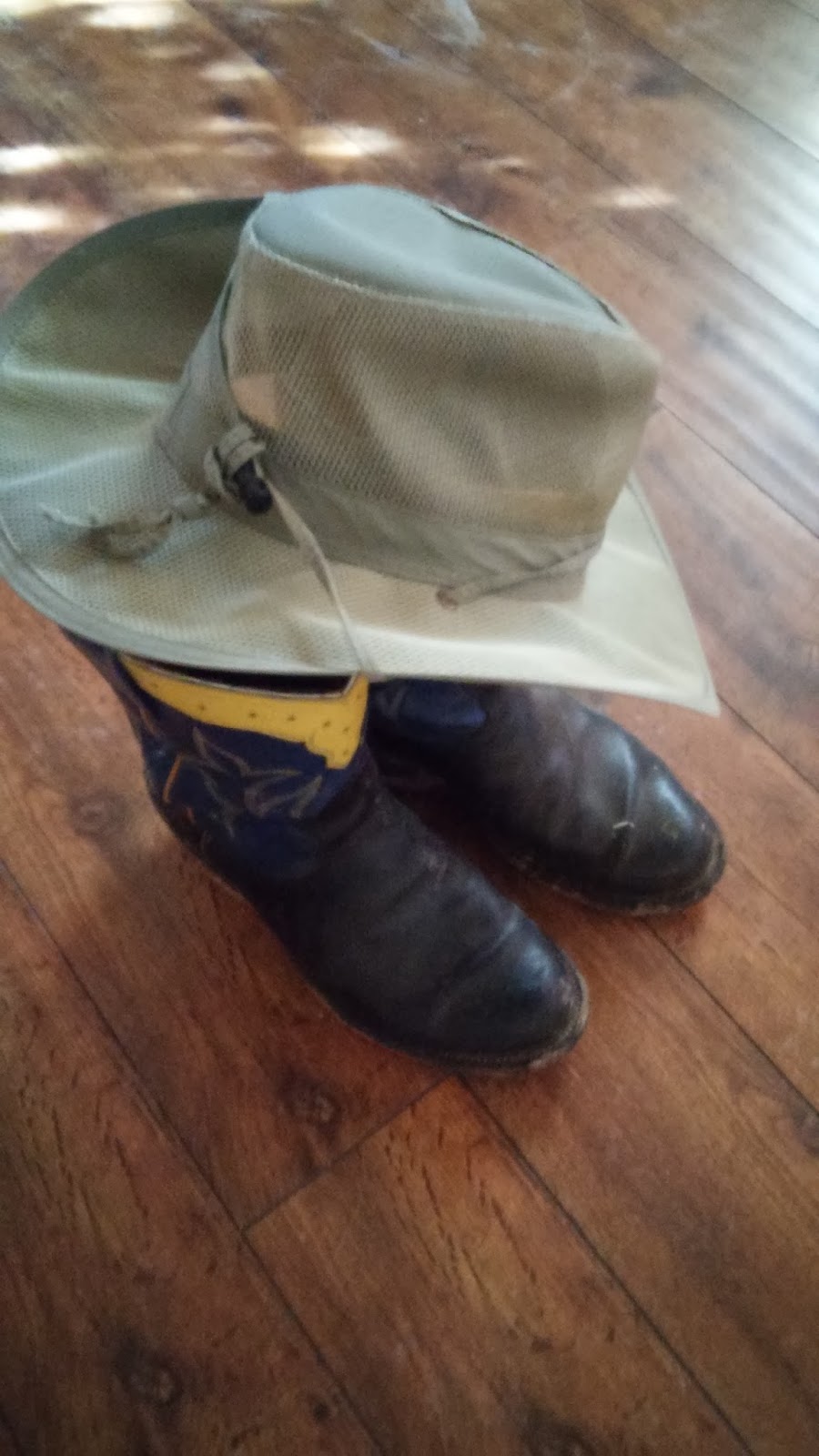5 Boot Heel Fixes

The humble boot heel, often overlooked until it becomes a source of discomfort or pain. Whether you’re dealing with a pair of well-worn favorites or a new pair that’s still breaking in, issues with the heel can quickly escalate from a minor annoyance to a major problem. Fortunately, there are several remedies and fixes that can address common boot heel issues, ensuring your footwear remains comfortable and functional. Here are five boot heel fixes that you might find useful:
1. Heel Grips or Heel Liners for Slip Prevention
One of the most common issues with boot heels is slipping. This can happen due to wear, improper sizing, or the material of the boot. To combat this, heel grips or heel liners can be a simple yet effective solution. These are adhesive strips or inserts that you place inside the heel of your boot. They provide extra grip, preventing your heel from slipping out of the boot as you walk. This fix is especially useful for boots that are a bit too large or for individuals with narrower heels. You can find heel grips and liners at most shoe repair shops or online.
2. Heel Caps for Protection and Traction
Over time, the heel of your boot can wear down, especially if you frequently walk on hard or abrasive surfaces. This wear can lead to a decrease in traction, making slips and falls more likely. Heel caps are protective covers that fit over the heel of your boot. They are designed to extend the life of your boot by protecting the heel from excessive wear and can also improve traction. Made from durable materials like rubber or plastic, heel caps can be found in various sizes and are relatively easy to install. They’re a great option for those who want to extend the lifespan of their boots and enhance safety.
3. Arch Supports and Insoles for Comfort
Sometimes, the issue with the boot heel is not the heel itself but how it affects the overall fit and comfort of the boot. If the heel is too high, too low, or simply doesn’t fit right, it can cause discomfort and pain in the heel, arch, and even the ball of the foot. Arch supports and custom insoles can help alleviate these issues by redistributing the pressure more evenly across the foot. These inserts can be especially beneficial for individuals with specific foot conditions, such as plantar fasciitis or flat feet. By providing additional support and cushioning, arch supports and insoles can make wearing boots more comfortable and reduce the strain on the heel.
4. Stretching for a Better Fit
Boots that are too tight can cause as much discomfort as those that are too loose. If the heel of your boot feels too tight, there are several methods you can try to stretch it out. One common approach is to use a shoe stretcher, specifically designed for the heel area. You can also try the freezer trick, where you place a bag of water in the heel, then put the boot in the freezer. As the water freezes, it expands, gently stretching the material. Be cautious with this method, as it might not work well with all materials. For leather boots, you can use leather stretch sprays that help to soften the leather, making it more pliable and easier to stretch.
5. Professional Resoling or Refurbishment
If your boot heel is damaged beyond simple repair or if you’re looking for a more permanent solution, consider taking your boots to a professional cobbler. They can resole your boots, replacing the worn-out heel with a new one. This not only fixes the immediate issue but also extends the life of your boots significantly. Additionally, a professional can assess the boot’s overall condition and provide recommendations for other repairs or maintenance that might be needed. While this option might be more expensive than DIY fixes, it offers a high-quality, long-lasting solution that can breathe new life into your favorite boots.
Each of these boot heel fixes addresses different issues, from comfort and fit to durability and traction. By understanding the nature of your boot heel problem, you can choose the most appropriate solution, ensuring that your boots remain a comfortable and reliable part of your wardrobe for years to come.
How do I prevent my boot heel from slipping?
+To prevent your boot heel from slipping, you can use heel grips or heel liners. These are adhesive strips or inserts that you place inside the heel of your boot to provide extra grip and prevent slipping.
What can I do if my boot heel is too tight?
+If your boot heel feels too tight, you can try stretching it out. Use a shoe stretcher, the freezer trick with a bag of water, or leather stretch sprays for leather boots. Be cautious and gentle to avoid damaging the material.
How can I extend the life of my boot heel?
+To extend the life of your boot heel, consider using heel caps. These protective covers fit over the heel of your boot and protect it from wear and tear, extending its lifespan and improving traction.
What if my boot heel is damaged beyond simple repair?
+If your boot heel is damaged and cannot be fixed with simple repairs, consider taking it to a professional cobbler. They can resole your boots, replacing the worn-out heel with a new one, and provide other necessary repairs or maintenance.
How can I make my boots more comfortable to wear?
+To make your boots more comfortable, consider using arch supports and insoles. These can redistribute pressure more evenly across your foot, providing additional support and cushioning, especially beneficial for individuals with specific foot conditions.



